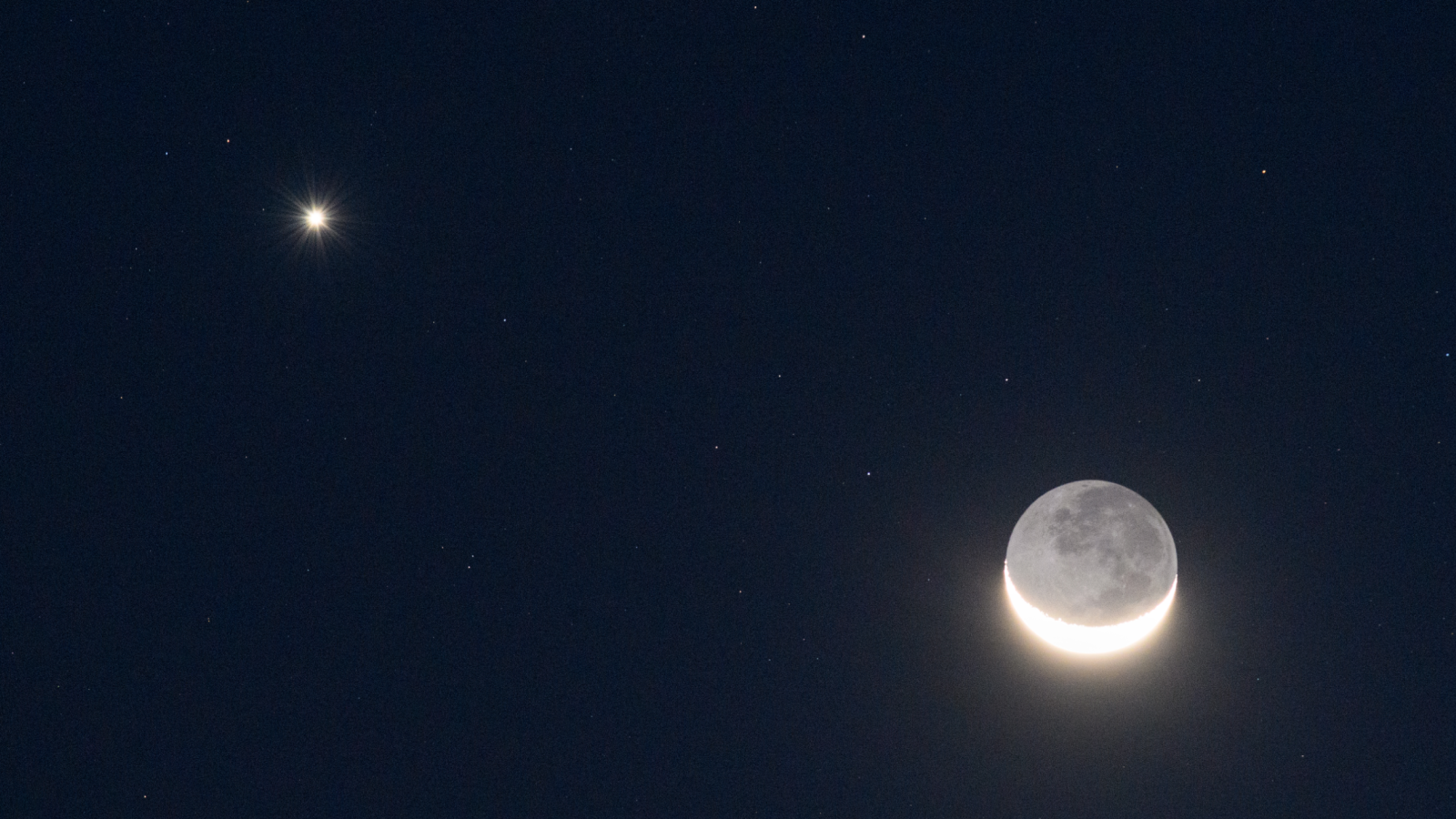What Will Happen to Gulf Oil if Bonnie Strikes?
Bonnie could stir up more than high winds and waters if it hits the Gulf this weekend as anticipated, it may also impact the oil slick, though the exact nature of the effects is unclear, experts say.
There's good and bad news when a tropical storm or hurricane churns across the oil-slicked Gulf of Mexico.
The high winds and seas typically cause upwelling of water that would generally mix up and disperse the oil, making it easier for bacteria to break down and consume than the larger clumps. That would essentially speed up the biodegradation process, according to the National Oceanic and Atmospheric Administration (NOAA).
What happens will depend in part on which way the wind blows. Hurricanes move in a counter-clockwise direction and so tend to move water from east to west — the opposite direction from the way the oil has generally been spreading so far. That means a tropical storm or hurricane passing to the west of the oil slick could drive oil to the coast, while one to the east could push oil away from the coast, according to NOAA.
Whether Bonnie will pass on the east or west of the oil slick is not yet predicted.
Storm surges can carry oil onto coasts and inland as far as the surge reaches, NOAA scientists say. But "if there's not oil in the water then that actually could help flush out the marshes if there's any oil that made its way into the marshes earlier," said Rick Luettich, director of the Marine Sciences Institute at the University of North Carolina, Chapel Hill.
Practically speaking, the stormy weather can also shut down oil spill cleanup operations, with crews having reportedly evacuated the Gulf ahead of Tropical Storm Bonnie.
Get the world’s most fascinating discoveries delivered straight to your inbox.
All of these factors could play out in the coming months as scientists are predicting this hurricane season, which officially began on June 1, could be as intense as or worse than in 2005 (the most active Atlantic season ever recorded and the year Hurricane Katrina struck).
- The 10 Worst U.S. Natural Disasters
- Natural Disasters: Top 10 U.S. Threats
- Hurricanes from Above: See Nature's Biggest Storms
Jeanna Bryner is managing editor of Scientific American. Previously she was editor in chief of Live Science and, prior to that, an editor at Scholastic's Science World magazine. Bryner has an English degree from Salisbury University, a master's degree in biogeochemistry and environmental sciences from the University of Maryland and a graduate science journalism degree from New York University. She has worked as a biologist in Florida, where she monitored wetlands and did field surveys for endangered species, including the gorgeous Florida Scrub Jay. She also received an ocean sciences journalism fellowship from the Woods Hole Oceanographic Institution. She is a firm believer that science is for everyone and that just about everything can be viewed through the lens of science.


